
Things To Do
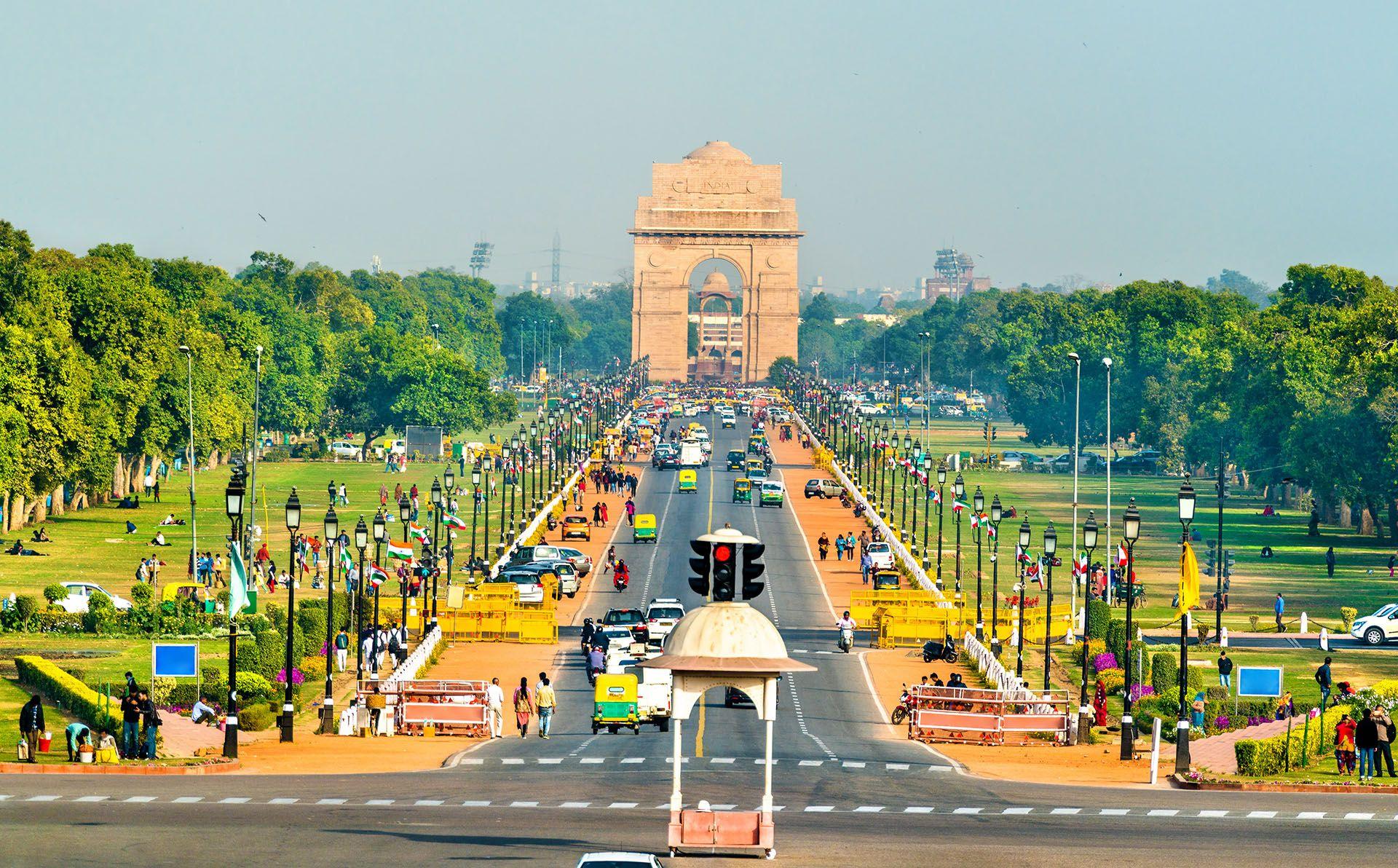
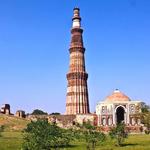
Qutub Minar
Construction on this sandstone minaret was begun in 1192. Surrounded by other historical sites, it is the most popular monument in India.
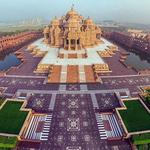
Akshardham
The Akshardham mandir has over two hundred murtis, representing many of the spiritual stalwarts over many millennia. The spiritual premise of Akshardham is that each soul is potentially divine. A visit to Akshardham is a spiritually enriching experience.
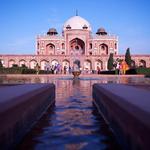
Humayun’s Tomb
This tomb, built in 1570, is of particular cultural significance as it was the first garden-tomb on the Indian subcontinent. It inspired several major architectural innovations, culminating in the construction of the Taj Mahal and many other Mughal architecture and garden complexes in India.
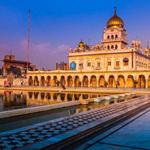
Gurudwara Sri Bangla Sahib
Gurdwara Bangla Sahib is one of the most prominent Sikh gurdwaras, or Sikh house of worship, in Delhi, India, and known for its association with the eighth Sikh Guru, Guru Har Krishan, as well as the holy pond inside its complex, known as the "Sarovar."
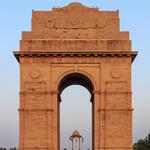
India Gate
The India Gate, built in 1931 and designed by Sir Edwin Lutyens, was inspired by the Arc de Triomphe. It commemorates India's war dead and houses an eternal flame.
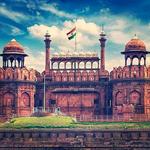
Red Fort
Red Fort, Mughal fort in Old Delhi, India. It was built by Shah Jahān in the mid-17th century and remains a major tourist attraction. The fort was designated a UNESCO World Heritage site in 2007.
Lotus Temple
The Lotus Temple, located in New Delhi, India, is a Baháʼí House of Worship that was dedicated in December 1986. Notable for its lotus-like shape, it has become a prominent attraction in the city. Like all Bahá’í Houses of Worship, the Lotus Temple is open to all, regardless of religion or any other qualification.
Dilli Haat INA
Dilli Haat is a paid-entrance open-air market, food plaza, and craft bazaar located in Delhi. The area is run by Delhi Tourism and Transportation Development Corporation (DTTDC), and unlike the traditional weekly market, the village Haat, Dilli Haat is permanent. It is located in the commercial centres of South Delhi, opposite INA market.
Jama Masjid
Masjid-i-Jehan-Numa (Persian: مسجدِ جهان نما), commonly known as the Jama Masjid of Delhi, is one of the largest mosques in India. It was built by the Mughal emperor Shah Jahan between 1644 and 1656, and inaugurated by its first Imam, Syed Abdul Ghafoor Shah Bukhari. Situated in the Mughal capital of Shahjahanabad (today Old Delhi), it served as the imperial mosque of the Mughal emperors until the demise of the empire in 1857. The Jama Masjid was regarded as a symbolic gesture of Islamic power across India, well into the colonial era. It was also a site of political significance during several key periods of British rule. It remains in active use, and is one of Delhi's most iconic sites, closely identified with the ethos of Old Delhi.